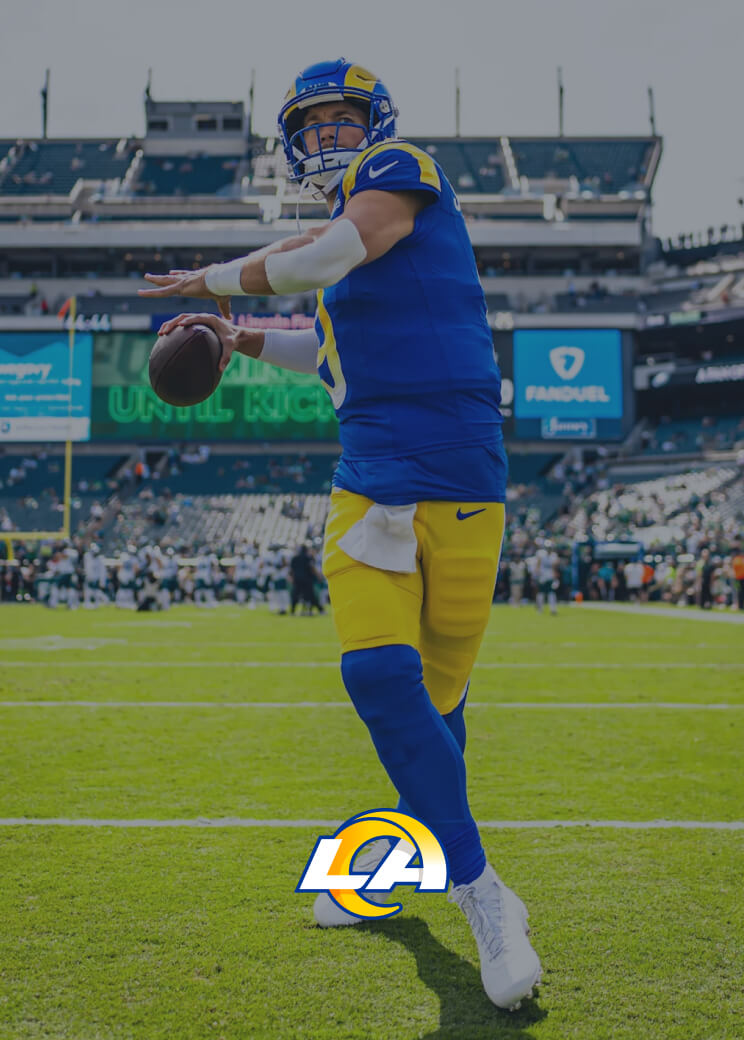Secure Your Business with Shared 2FA: A Complete Guide
By Jill Berkowitz
- Published: April 8, 2023
The phone rings. It’s your friend on the other line. Totally frantic. In between fractured sentences you figure out the problem: His business passwords got hacked. If you’ve experienced this or know someone who has, then you’re aware that it can be a scary experience. In today’s digital age, businesses must take security seriously. Hackers are constantly devising new ways to gain unauthorized access to sensitive information, putting companies at risk. One of the best ways to prevent this is through multifactor authentication.
But, what exactly is it, and how can it benefit your business? Let’s explore.
What is Multifactor Authentication?
Multifactor Authentication, also known as MFA, is a security tool that goes beyond a simple username and password login. It involves multiple layers of authentication to verify a user’s identity and protect sensitive information from cyber attacks. By implementing MFA, businesses can ensure that only authorized users are able to access their systems and prevent cyber attacks before they begin.
As technology gets more advanced, people who want to steal information become more sophisticated too. That’s why businesses need to use more than just a username and password to keep important information safe. It isn’t easy to store, remember, and manage passwords across multiple accounts, and it is not recommended to reuse passwords or create passwords that lack complexity.
This is where MFA comes in. It might sound complicated, but it’s actually a pretty simple concept. It’s a way to prove that you are who you say you are by using different types of authentication factors. There are three main types: something you know (like a password, security question, or PIN), something you have (like a phone), and something you are (like a fingerprint or facial recognition). Proper MFA uses factors from at least two of these categories. By using multiple factors, it makes it much harder for someone to impersonate you and gain access to your accounts.
How Does Multifactor Authentication Work?
So, how does MFA actually work? It’s pretty simple, actually! The idea behind multifactor authentication is that even if someone manages to steal your password, they won’t be able to log in without also having access to your other identifying factors. It adds an additional layer of security and peace of mind when you’re online, and it’s not difficult to use. Security experts are developing ways to make authentication easier, and the technology is getting more user-friendly as it improves! Here are a few relatable examples:
Let’s say you’re signing in to your work account, and you enter your username and password. If that’s all you ever need, then anybody who knows that information can sign in as you from anywhere in the world. And that is problematic. If you enable MFA, your account is much safer. The first time you sign in on a device or app, you’ll enter your username and password, as usual, but you’ll also be required to enter your second factor to verify your identify. Makes sense, right?
Or, let’s pretend you’re logging into your bank account from a new device. First, you’ll enter your username and password as usual. Then, the website might prompt you to provide another factor of authentication - perhaps by sending a verification code to your phone number on file. Once you’ve entered this code correctly, you’ll gain access to your account.
We’re also all familiar with Google, obviously. If you didn’t already know, Google provides you with the option to turn on 2-step verification, an example of two-factor authentication. If your password is stolen, and let’s hope it’s not, this serves as an extra layer of security. When signing in, you’ll be prompted to complete a second step to verify it’s really you. This is usually a 6-digit code sent to a number you’ve previously provided. Codes can be sent in a text message (SMS) or through a voice call, which depends on the setting you chose. The next time you log in to your email, think about how MFA is helping to keep your information secure.
MFA is becoming more and more prevalent in our daily lives. We imagine you want to make sure that you’re the only one with access to your accounts. For example, when you log into your bank account online, you may be prompted to enter a password and then asked to verify your identity through a text message. Similarly, when you sign into your social media accounts, you may be asked to enter a password and then verify your identity through a security question or code sent to your phone. Adding an extra layer of security helps make sure that only the people who are allowed to see important information are the only ones with access. This is really important for both individuals and organizations.
Multifactor Authentication: Terms to Know
Whether you’re new to the world of cyber security or not, it’s important to know some basic definitions. Before we dive in to the benefits and implementation of MFA, let’s make sure you understand some key terms related to this method of security. Here are some important terms to get you up to speed:
- Cybersecurity: defending your networks, systems, and applications from online threats.
- Authentication: the process of verifying whether someone or something is who or what it says it is.
- Multifactor authentication (MFA): to access a system or application, you need to provide at least two forms of identification.
- Factor: a way of confirming your identity when you try to sign in.
- Two-factor authentication (2FA): an identity and security method requiring two forms of identification to access data.
- Token: A small device or piece of software that generates a one-time code that is used as a second factor in authentication.
- Single Sign On (SSO): a tool that permits a user to use one set of login credentials to securely access multiple accounts or applications
The Benefits of Shared Two-factor Authentication for Businesses
Whether you’re a small business owner or part of a large corporation, today’s fast-paced environments require companies to prioritize security. Implementing MFA is a proactive method to significantly reduce the risk of cyber attacks and data breaches. It is a powerful tool that protects your business’s sensitive data and prevents unauthorized access. You’ll significantly reduce the risk of cyber attacks, which not only protects your assets but also builds trust with your customers - they can rest assured knowing their data is secure and your operations are running smoothly.
Here are some key ways that MFA can help your business stay one step ahead:
Security: If you’re running a business, cybersecurity should be a top priority. Using multiple factors makes it much harder for attackers to break into your accounts. Even if a hacker is able to guess or steal a password, they would still need to provide additional forms of authentication to gain access - which they wouldn’t have. MFA prevents phishing attacks and other types of cyber attacks that rely on stolen credentials.
Flexibility: There are numerous types of MFA methods available, ranging from verification codes to hardware tokens, allowing users to choose the option that best fits their needs and preferences. Additionally, many popular online services and platforms now offer MFA options.
Data: Implementing MFA is one of the most effective ways businesses can reduce the risk of data breaches and compromised accounts. By requiring multiple forms of authentication you can have peace of mind knowing your business data is safe and secure. Even if a hacker manages to steal a password, they won’t be able to access the account without the additional authentication.
**Ease-of-Use: **While some people may feel overwhelmed at first by the thought of using multiple factors to log in, most find it quick and easy once they get used to it. In addition, many popular platforms now offer MFA options as standard features, so users don’t need to go out of their way to set them up.
Industry Regulation: MFA is a key tool for businesses to ensure compliance with industry regulations and standards. Requiring multiple forms of authentication helps businesses meet regulatory requirements. For example, some laws indicate that businesses accepting credit cards must implement multifactor authentication to protect against fraud and unauthorized access. Similarly, healthcare organizations are often required to implement multifactor authentication to protect personal health information. Failure to comply with these regulations can result in hefty fines and legal consequences.
Trust: One of the most significant benefits is the increased trust and confidence it can create for customers. In today’s digital age, customers are more concerned than ever about the security of their personal information. By using MFA, businesses can demonstrate that they take security seriously and are willing to go the extra mile to protect their customers.
Implementing Multifactor Authentication in Your Business
It’s so important to make sure your company’s security measures are current and maybe even ahead of the curve. One way to do this is by enabling MFA. But with so many options available, how do you choose the right MFA solution for your business?
First, consider your specific needs and the level of security required for your industry. Then, research and compare different MFA providers to find one that aligns with your requirements. Whether it’s through verifying a code sent to a user’s phone or receiving confirmation code via email, MFA will protect your sensitive data.
Clerk offers a popular MFA option. Our solution allows you to receive and share your account verification codes easily and securely. You will use a mobile non-VoIP number that will work with all major online platforms like Amazon, Apple, and LinkedIn, for instance. Verification codes will instantly go to a private or shared channel via SMS or voice call. This option makes it so simple to collaborate with colleagues, employees, teammates, and similar.
If you’re unfamiliar with Clerk, the process is so easy. First, you add Clerk to your workspace. Then you enable a phone number. You have the option to get a new number or you can use your own business line. Next, you’ll turn on two-step verification on your accounts. You can test it out yourself by logging into an account that uses 2FA. Once you do that, your verification code will appear in your workspace, like magic!
If you already happen to be using Slack or Microsoft Teams, Clerk seamlessly integrates with both platforms. This makes it easy to share codes directly in the Slack channel of your choice or consolidate one-time passwords inside of Teams. You can even automatically forward verification codes to one or multiple email addresses.
Costs Associated with the Implementation of MFA
When considering the implementation of multifactor authentication for your business, one important factor that you need to consider is the cost. While MFA offers significant benefits in terms of data security and risk mitigation, there are some costs associated with its implementation that you need to be aware of.
First, there is a financial investment. The kind of MFA you use may require you to buy extra hardware or software and pay for upkeep and support. This can be a significant expense, particularly for smaller businesses with limited budgets.
Another cost to consider is the time and resources required to train employees on how to use MFA. While MFA is designed to be user-friendly and intuitive, there may be a learning curve for employees who are not familiar with the technology. This can result in additional training costs and productivity losses as employees adjust to the new security measures.
Finally, businesses may also need to consider the potential impact of MFA on user experience. Depending on MFA implementation, it could add an extra step to the login process, which could be viewed as an inconvenience by users and ultimately have a negative impact on overall productivity.
It’s important to remember that the benefits of implementing MFA will far outweigh the costs in the long run. Clerk’s solution is consolidated and automated, making it so simple to implement. It actually improves productivity because it speeds up your workflow and login process with colleagues by enabling the ability to share MFA and/or 2FA codes. We also offer monthly or yearly pricing options - an added bonus!
The Importance of Digital Security for Businesses
Multifactor authentication is an essential security measure for businesses in today’s digital age. With the number of cyberattacks on the rise, it is no longer enough to simply use a password or PIN code to secure your sensitive data.
By requiring multiple factors to prove your identity, you’re making it much harder for someone to steal your password or gain access to your accounts - protecting your business from the risk of cyber attacks while increasing customer trust. MFA also provides flexibility, is easy to use, and may help your business meet regulatory requirements. Customers always appreciate it when a business demonstrates its commitment to security.
So if you haven’t already, consider enabling MFA on all of your important accounts - it could be the difference between staying safe and falling victim to a devastating cyber attack.
Keep your customers and clients safe with Clerk’s automated 2FA option for shared accounts. Sign up for a demo today.
Jill is a former middle school ELA teacher who has discovered a fascination for content in the B2B tech world. When she isn't writing for Clerk Chat or hosting the 160 Characters podcast, she can be found spending quality time with her husband, three children, and their dog. Follow her journey on LinkedIn.
In this article:
Ready to use your business number for text messaging?
Thousands of businesses are already experiencing the power of conversational messaging through SMS. Join us. Free trial and paid tiers available.
Get Started#Subscribe
Get product updates in your inbox
Tutorials, features, and Clerk Chat news delivered straight to you.




